Key points
- At the start of the 1800s, surgery was extremely dangerous. There were three key problems - pain, infection and blood loss.
- In 1861, French scientist Louis Pasteur published his germ theoryThe correct theory that certain diseases are caused by microorganisms which invade the body and can only be seen through a microscope. Louis Pasteur’s experiments firstly developed this theory - building on the work of other scientists. . This was the idea that disease was caused by microbesTiny microscopic organisms. .
- Joseph Lister, a surgeon and medical scientist, used Pasteur’s ideas to find a way of reducing the risk of infection during surgery.
Surgery in the 1800s
At the start of the 19th century, surgery was extremely dangerous. There were three key problems.
| Problem | Effect |
|---|---|
| Pain | Patients were awake during operations. This meant they were often screaming and moving around during surgery, making it difficult for the surgeon to carry out an operation. |
| Infection | In surgery, infection was caused when microbes got into a wound and caused someone to become ill or potentially die. There were no antibiotics when Lister was working as a surgeon, so killing microbes after they had infected someone was extremely difficult. |
| Blood loss | If patients lost too much blood during surgery, they would die. This meant surgeons needed to work quickly and were limited in the complexity of operations they could carry out. |
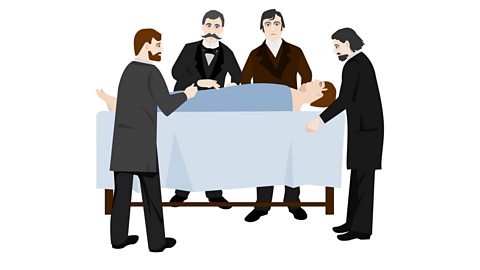
Surgeons had to work quickly. Patients were awake during operations. Blood transfusions, where patients are given blood from a donor to replace what they lose in an operation, were not possible as blood groupThere are four main blood groups: A, B, AB and O. An individual’s blood group affects who they can receive donated blood from., were not discovered until the 1900s. If a patient lost a lot of blood during surgery they could bleed to death. It was also highly likely that surgical wounds would become infected during or after surgery.

Louis Pasteur and his germ theory
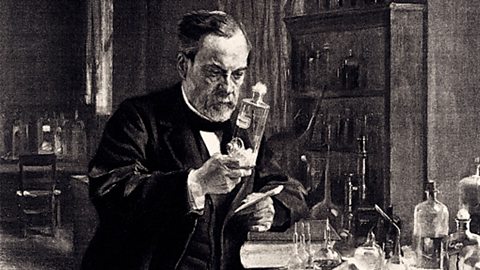
In 1861, a French chemist and microbiologist, Louis Pasteur, discovered germ theory. This was the idea that disease was caused by tiny microbesTiny microscopic organisms. in the air infecting someone and making them ill. Germ theory challenged the idea of spontaneous generationThe incorrect idea that germs appeared at the site of disease, as a result of the illness, rather than being the cause of the disease.. This was a belief that microbes appeared at the location of an infection, rather than being the cause. Pasteur’s theory was a crucial turning point in the fight against disease.

How did Pasteur prove germ theory?
Louis Pasteur carried out several experiments to prove his theory. In one experiment:
- He took two swan necked flasks and boiled some broth in each one, killing any microbes that were there.
- He then snapped the neck off one of the flasks.
- After a few days, the broth in this flask started to grow mould and go off. The broth in the unbroken flask did not go off, as no microbes could get to it.
This proved that germs in the air were responsible for the broth going off. Pasteur therefore theorised that germs in the air caused disease in humans.
Joseph Lister
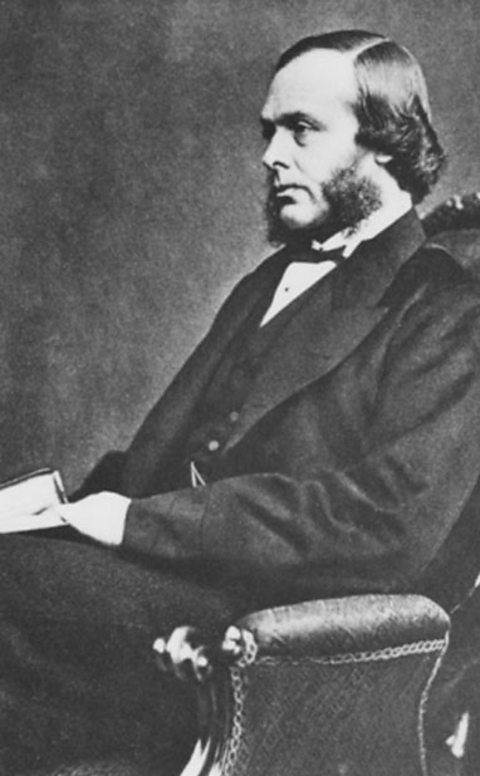
Joseph Lister was an English born surgeon. He studied medicine at University College London, before moving to Edinburgh and then to Glasgow, where he was appointed as Professor of Surgery at the university in 1860.
It was while working in Glasgow in 1865 that Lister read about Pasteur’s work on germ theoryThe correct theory that certain diseases are caused by microorganisms which invade the body and can only be seen through a microscope. Louis Pasteur’s experiments firstly developed this theory - building on the work of other scientists. .
This encouraged Lister to consider how germ theory might be used to reduce patient mortality rateThe percentage of people who would normally die from a disease. So a disease with a mortality rate of 50% would mean an average of 50 people would die out of every 100 infected. during and after operations.
Lister had such an impact on the advancement of antisepticAll methods used to prevent infection by destroying germs. surgery that he is referred to as the ‘father of modern surgery’.

Carbolic acid and the development of antiseptic surgery
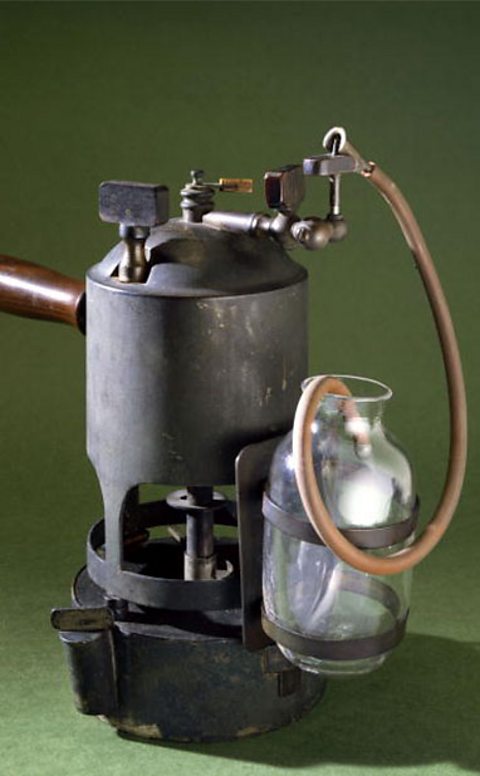
Lister had heard that a substance called carbolic acidA substance made from coal tar. It was used by Joseph Lister to prevent infections during surgery. was being used to clean foul smelling underground sewers – which were used to transport human waste. It was made from coal tarA by-product from the production of coal. It is a thick, black liquid., and Lister wondered if the same substance could be used to clean wounds and equipment being used in operations to reduce the risk of infection.
This became known as antiseptic surgery. Lister found that mixing a solution made up of 5 per cent carbolic acid and 95 per cent water was effective in killing germs. The carbolic acid killed germs present in and around wounds - preventing them from being infected.
In 1870, Lister wrote about the results of his operations using carbolic acid in a medical journal, The LancetA medical journal, where research findings and new ideas are published.. He recorded the impact of carbolic acid use:
- Before using carbolic acid, 16 out of 36 patients had died - a mortality rateThe percentage of people who would normally die from a disease. So a disease with a mortality rate of 50% would mean an average of 50 people would die out of every 100 infected. of 46 per cent.
- After the introduction of carbolic acid, only 6 patients out of 40 died, a 15 per cent mortality rate.
This proved that antiseptic surgery significantly reduced the risk of infection during surgery and encouraged other surgeons to adopt Lister’s methods.
Lister worked on other ways of developing antiseptic surgery. He used carbolic acid to sterilise ligaturesTies put in place around blood vessels during surgery. Joseph Lister used catgut ligatures, which were made from the twisted intestines of sheep. that were used to tie blood vessels following an operation. This also helped to reduce infection rates.

When did Lister first use carbolic acid in an operation?
- On 12 August 1865, an 11-year-old boy called James Greenlees was involved in an accident where he was injured and a coach wheel ran over his leg.
- His leg was broken and he was taken to Glasgow Royal Infirmary.
- Lister cleaned the wound with carbolic acid and reset James’ broken leg.
- He then soaked bandages used to cover the wound in carbolic acid.
- James made a full recovery, encouraging Lister to carry out further work on antiseptic surgery.
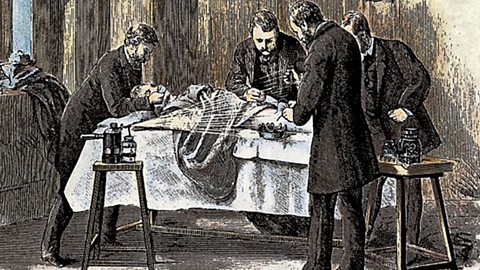
A timeline of the development of antiseptic surgery
Resistance to the use of carbolic acid in surgery
Despite Lister being able to prove the effectiveness of carbolic acidA substance made from coal tar. It was used by Joseph Lister to prevent infections during surgery. in reducing the risk of infection and therefore mortality rateThe percentage of people who would normally die from a disease. So a disease with a mortality rate of 50% would mean an average of 50 people would die out of every 100 infected. in surgery, many other surgeons were reluctant to use it for several reasons.
- Carbolic was an acid, which meant it was an irritant. It dried and cracked surgeons’ hands. This was a challenge when trying to carry out delicate surgery.
- Carbolic acid was sprayed into the air during an operation. This made everything wet, so surgical instruments were slippery and harder to hold.
- Some surgeons complained that the machine that sprayed the carbolic acid during an operation was noisy and got in their way.
- Lister's ideas were new, and many influential and well-known doctors wrote against Lister, and Pasteur’s, ideas and still supported the theory of spontaneous generationThe incorrect idea that germs appeared at the site of disease, as a result of the illness, rather than being the cause of the disease..
These problems were eventually solved as surgery further improved. Surgeons and nurses in operating theatres began to wear rubber gloves to avoid the irritation caused by the carbolic acid. The use of carbolic acid itself was eventually phased out as asepticThe creation of a germ-free environment. In surgery, this means trying to prevent germs being present in the operating theatre by creating a sterile environment. surgery was developed.
The development of aseptic surgery
At the end of the 1800s, surgeons began to develop the idea of preventing microbesTiny microscopic organisms. being present in an operating theatre, rather than just using carbolic acidA substance made from coal tar. It was used by Joseph Lister to prevent infections during surgery. to clean a wound. This idea was known as asepticThe creation of a germ-free environment. In surgery, this means trying to prevent germs being present in the operating theatre by creating a sterile environment. surgery, so trying to prevent any microbes being present that could cause infection.
William Halsted
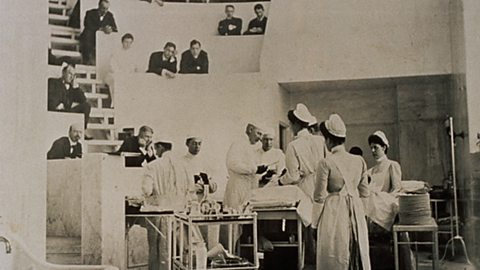
William Halstead is regarded by most historians as being the pioneer of aseptic surgery. He was an American surgeon and believed surgery was safer if steps were taken to prevent germs being able to infect a wound.
One of his assistants, Caroline Hampton, had complained that carbolic acid irritated the skin on her hands during an operation. Halstead contacted Charles Goodyear, owner of the leading rubber company, who produced gloves that could be worn during surgery.
Halstead realised this created a more sterile environment for operations to take place in. He believed that surgeons and their assistants wearing gloves and sterile gowns instead of their normal clothes would reduce the risk of infection.
Over time the principles of aseptic surgery replaced antiseptic surgery. It removed the need for carbolic acid and meant by sterilising equipment used and ensuring the surgeons wore gloves and gowns, surgery could be carried out with minimal chances of a life-threatening infection.

Activity - The work of Joseph Lister
Test your knowledge
Play the History Detectives game! gamePlay the History Detectives game!
Analyse and evaluate evidence to uncover some of history’s burning questions in this game.

More on Science, progress and health
Find out more by working through a topic
- count4 of 4
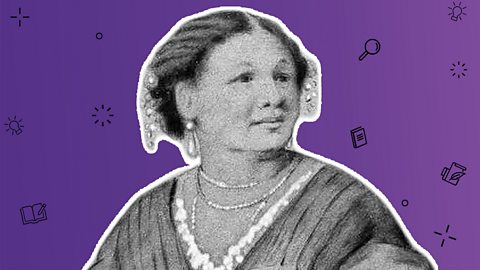
- count1 of 4
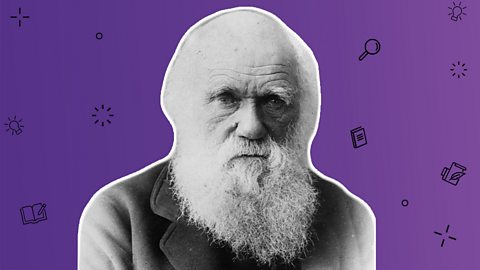
- count2 of 4
